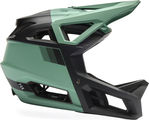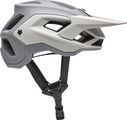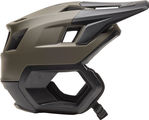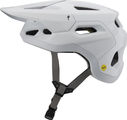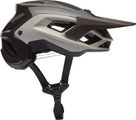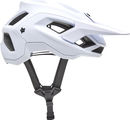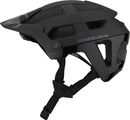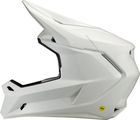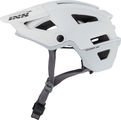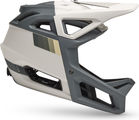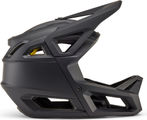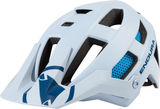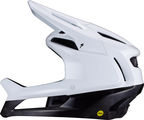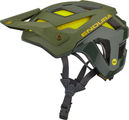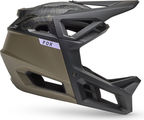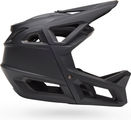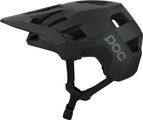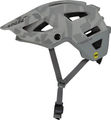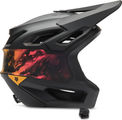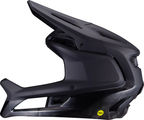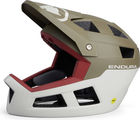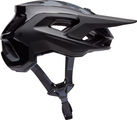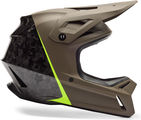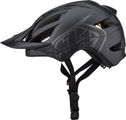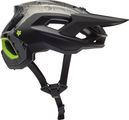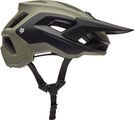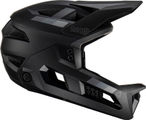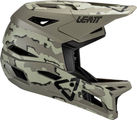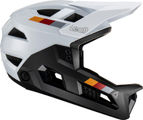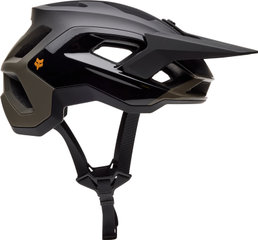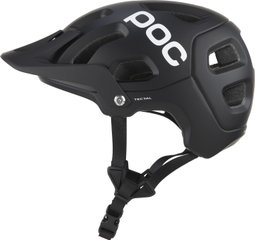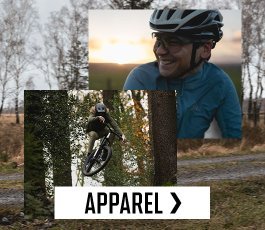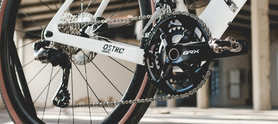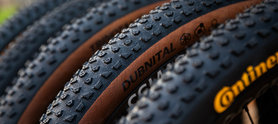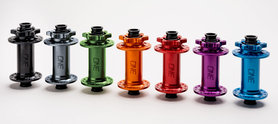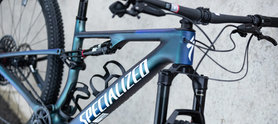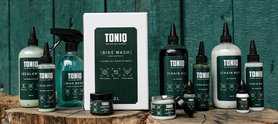Sign up now
and get your 5 € voucher*.
Don’t miss out on our exclusive tips and offers!
We evaluate the success of our newsletter to continually improve it. If you're already one of our costumers, we use the data from your last purchases to adapt the newsletter to your interests and make it more relevant for you. Our data protection agreementdata protection agreement applies.
*Valid for 30 days from date of issue and from a minimum order value of 60 €. The voucher cannot be combined with other promotions.
Anything your bike needs, we’ll make it happen
- trustpilot
 ThibaultExcellent customer service, with two broken items replaced very easily and quickly!
ThibaultExcellent customer service, with two broken items replaced very easily and quickly! OvidiuI have been purchasing online at bike components for more than 5 years and I can say that bc is the best.
OvidiuI have been purchasing online at bike components for more than 5 years and I can say that bc is the best.
- facebook
- Marios V.I live in Athens and I have been shopping online for many years. bike components is one of my favourite stores. They are professional, offer products at competitive prices and deliver them on time with security.
- Joe W.Good prices, good range of kit and equipment.
- google
- Fast delivery. Excellent customer service.
- Robert S.Prices are fair and they have a good selection. Shipping is always fast.
Herbert,
General Operations & Services

100 Day Return Policy
Send your unused goods back within 100 days after purchase and get your money back!
See moreMore information
Language"
english EN
- Aachen Community
- Affiliate Programme
- Imprint
- Data privacy
- General Terms and Conditions
- Whistleblower
- Battery return
All prices are in Euro and excl. MwSt plus shipping cost to the delivery destination: USA.
